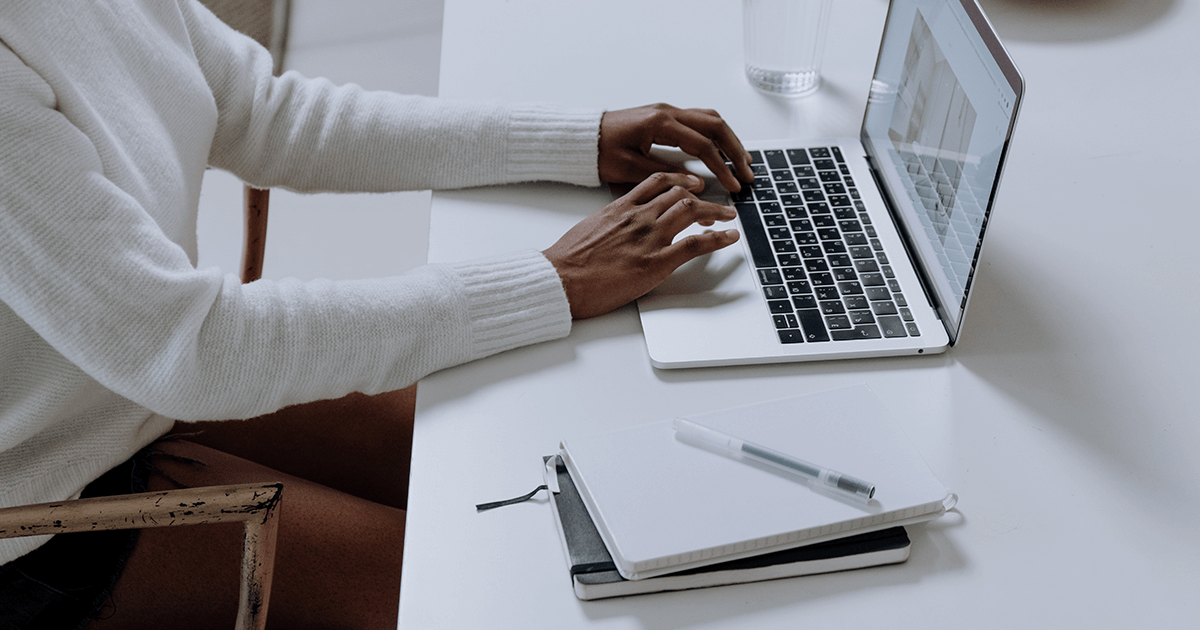There’s always a lot of talk on the internet about how technology can be harmful to your health: it’s too much negative news all the time, or it’s a strain on your mental health, or you can become overly dependent on social media. For the most part, we agree. But not about how technology is harmful. Technology is just the tool you use. Whether it’s harmful or not is how you approach the project you’re working on. When Byron Katie contacted us to help her create her app, we knew exactly that we wanted to put together something that really helped, and to do it in a way that would make it a lot easier for the user to benefit from. We’re in the heart of California, so Byron Katie wasn’t unfamiliar to us, but we still wanted to get her team’s perspective on what they did. We met a few times before we were actually working on the project, just to have an opportunity to talk to them and understand what Byron Katie’s work meant to people. Byron Katie pioneered what she calls ‘the work’, a mediation process that helps you control stressful and anxiety-inducing thoughts. Her idea is that to question negative emotions makes those negative emotions easier to displace because they lose the power they have over you. It made sense, it was simple, and it’s brought a lot of peace and help to the people who’ve needed a moment of calm in their lives. Through worksheets and exercises, the work helps you figure out what’s making you feel unhappy, and then to figure out how to remove or control that stressor. We wanted to keep that aspect when we designed the app. To make use of The Work, users needed to physically print and keep track of all the worksheets they’d fill in and use. We wanted to create an app where the actual medium – previously pen and paper, now a phone or tablet – didn’t interrupt the way the worksheets were filled out. First and foremost, the therapy had to come first. The priority for us was the simple accessibility of the worksheets themselves.
Part of the problem of engaging with self help on a mobile device is that the medium you’re using is really distracting, especially if you’re the distractible kind. When we went to the drawing board, we knew that we wanted to keep that element of therapy engaged throughout the experience of using the app, with no distractions. We built the app to be as simple and streamlined as possible so that the exercises and the worksheets could really shine through. What attracted people to Byron Katie’s work was the effect of the worksheets and the exercises that you were guided through, so we made the app work as a self-contained database, where records were stored only on the device it was downloaded on. We also designed the app to keep track of the worksheets that had already been completed, and populated an auto-complete database that took answers from previously finished sheets. We wanted to make sure that the design of the app didn’t hinder or affect actually being able to complete the worksheet, so everything we did had to work around the concept of filling them in. Test driving everything multiple times and testing different parameters made the ultimate design come together a lot faster. In this case, practical design had to be our focus. Understanding the goal of your app is important to keep in mind, especially when that design may seem simple and doesn’t look particularly impressive. It must achieve its goal, first and foremost.
The first version of the app went live in 2013, and since then it’s held a steady position in the top 50 spots on the Health & Fitness section of the iOS app store. It also averages about 550 downloads per month on the App Store, and has seen over 5,000 app downloads on the Google Play store, for a total of over 70,000 downloads over its lifetime.







